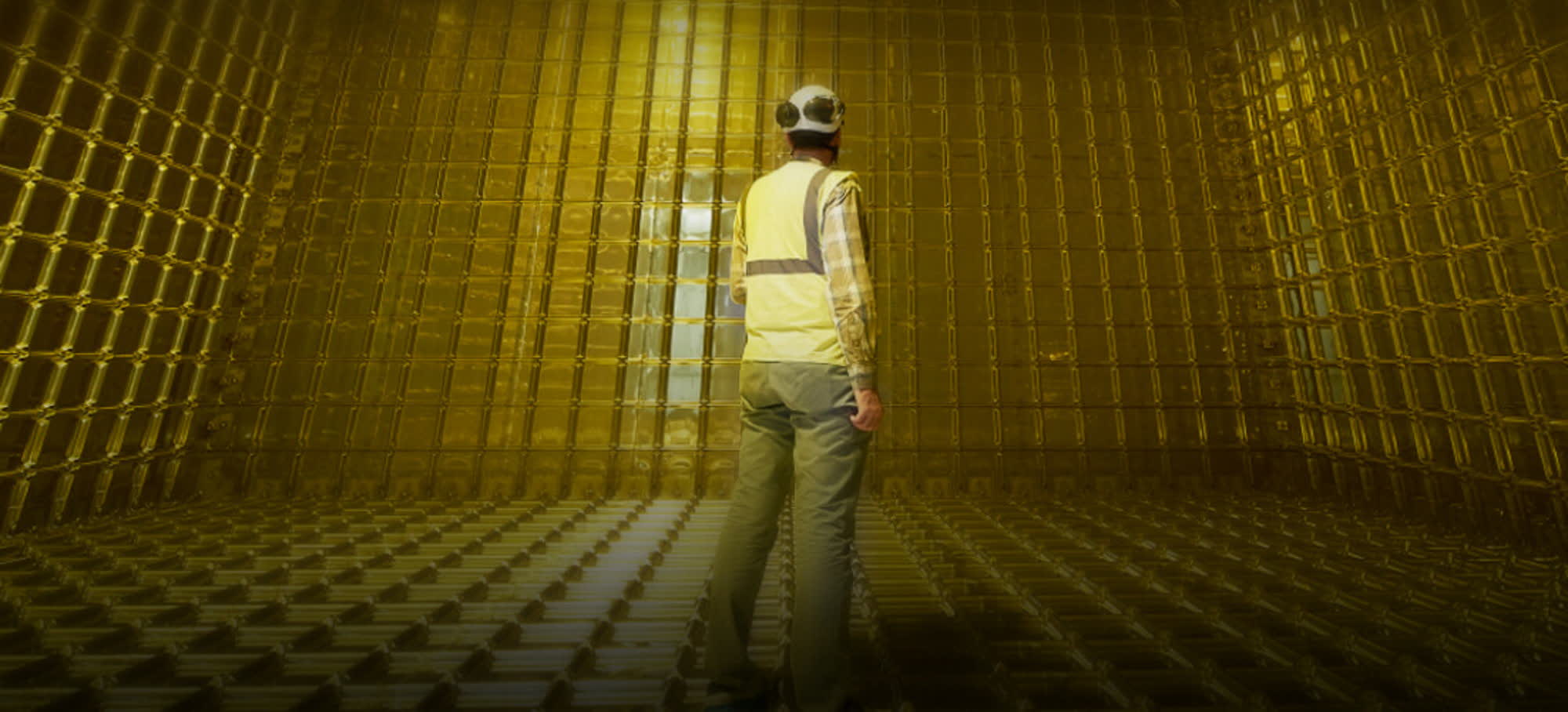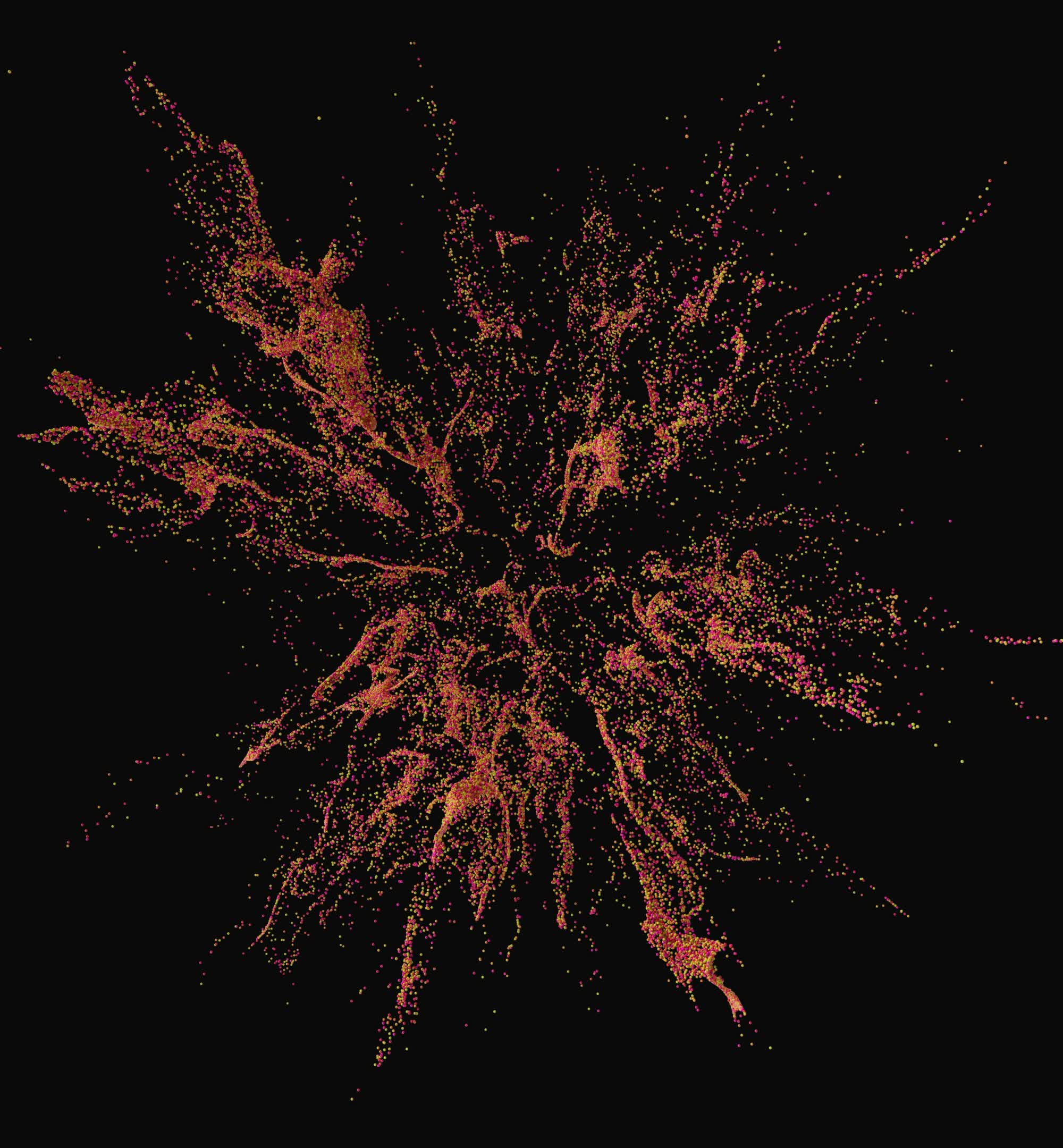In context: Neutrinos are among the most elusive elementary particles ever discovered. They possess extremely little mass, rarely interact with regular matter, yet they may hold the key to answering some of the most fundamental questions in particle physics.
Researchers overseeing the Deep Underground Neutrino Experiment (DUNE) at the Long-Baseline Neutrino Facility (LBNF) have completed the first phase of a major scientific project managed by US-based facilities. Engineers and construction workers removed 800,000 tons of rock from the Sanford Underground Research Facility in Lead, South Dakota, making way for one of the most ambitious research projects on neutrinos and their elusive nature.
The underground excavation was finished in August, and the US Department of Energy is now outlining plans for how researchers will utilize the newly created cavern system, located one mile underground. This facility will house a series of massive, seven-story-tall neutrino detectors and their necessary scientific equipment, bringing the project to life in the coming years.
LBNF-DUNE is an international collaboration aimed at "unlocking the mysteries of neutrinos," according to Fermilab researchers. The US will work alongside international partners from 35 countries, sending a "stream" of neutrinos from the Department of Energy's Fermi National Accelerator Laboratory in Illinois to the far detector located in South Dakota.

Neutrinos will pass through natural rock and stone as they travel from the Illinois facility to the underground detectors in South Dakota. Each detector will be filled with 17,000 tons of liquid argon, which will maximize the chances of detecting neutrino interactions while shielding the detectors from cosmic neutrinos.
The excavation process took three years, with 800,000 tons of rock moved to the surface for storage in a closed mine. The next step involves installing the far detector in the newly excavated underground system, with operations expected to begin in 2028. Afterward, the LBNF-DUNE team will install the "near" detector at Fermilab to complete the experiment.
The Department of Energy has described the LBNF-DUNE project as the start of a new era in understanding neutrinos and their role in the Standard Model of particle physics. Despite being theorized 100 years ago, neutrinos continue to puzzle scientists, particularly because, according to the Standard Model, they should be massless.

Yet, neutrinos aren't entirely massless like photons. Although we haven't measured their exact mass, scientists believe neutrinos could hold the key to solving the particle puzzle within the Standard Model, potentially explaining the imbalance between matter and antimatter that shaped our universe after the Big Bang. The LBNF-DUNE project aims to unlock this crucial piece of our scientific understanding.
